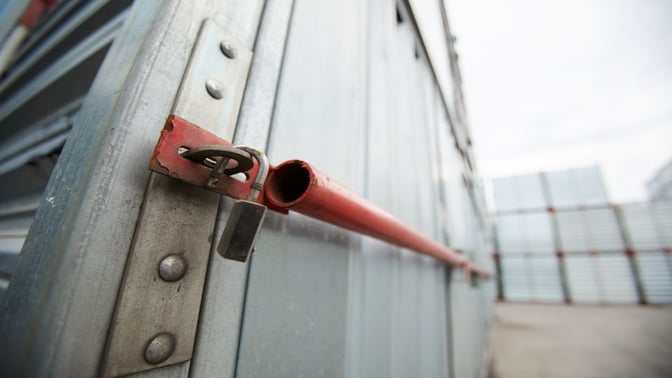LCL and FCL Explained
Containers dominate international trade and e-commerce, primarily transported by sea but also via land. For those in supply chain management and e-commerce, understanding the difference between Less than Container Load (LCL) and Full Container Load (FCL) is crucial. In this article, you will learn everything you need to know about LCL and FCL.
What does LCL mean?
LCL stands for Less than Container Load or Less than full Container Load means your products share container space with items from other businesses.
This container picks up and drops off goods at multiple points throughout its journey. If you opt for LCL, your items are shipped with others, with several loading and unloading stops.
If you use the LCL method, your goods are shipped in a container together with other products, and there are various loading and unloading points.
What does FCL mean?
If you use the FCL method, your goods are transported in a container that is sealed at the point of shipment and is not opened and unloaded until it reaches its destination.

Comparing LCL and FCL
There are distinctions between these cargo modes, both legally and in practical operation.
LCL Characteristics |
FCL Characteristics |
|
|
.jpg?width=960&name=fcl_full_container_load_lcl_less_than_container_load72%20(1).jpg)
Pros and Cons of LCL and FCL
Generally speaking, the FCL method is less complex than the LCL method. The loading, unloading, and customs clearance are simplified, which means that the transport times are usually significantly shorter with the Full Container Load. In addition, your goods are better protected, for example, during transport through problematic third countries.
However, this is usually offset by higher costs because the volume of a container is often not utilized completely.
The Less than Container Load method, on the other hand, is mainly suitable for traders who are looking for inexpensive transport, often of smaller quantities. In this case, the carrier assumes liability for damage and loss. More complicated customs clearance and repeated loading and unloading result in longer transport times.
In a nutshell, for merchants like you, various factors such as customs formalities, quantity, volume, and weight of your products, costs, and urgency, as well as transit areas are decisive.
